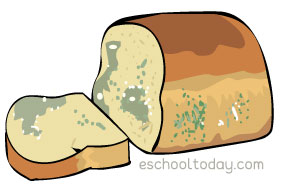- Food waste/loss
Food waste at home: what can be done about it?
From the previous pages, it may look like the problem of food loss and waste is overwhelming, but just to make it easier for individuals, here are a few things to think about, and try out.
Food waste occurs at home too, and in many cases resulting from our actions, inactions and misjudgments.
Did you know that American families throw out approximately 25 percent of the food and beverages they buy? The cost estimate for the average family of four is $1,365 to $2,275 annually. (1)
Over-preparation or excessive cooking:
Cooking too much means more food ending up in your fridge. After a day or two, the urge to eat again decreases, and after a while, it ends up in the trash. Try to cook less or in smaller quantities, and keep the leftover in a visible place in your fridge. Try to eat leftovers quickly the next day.
Poor planning:
Grocery shopping without a plan (or shopping list) may result in excessive buying. Make a list at home and write down exactly what you need. Also, try to pack a leftover from home before you go out, so that you may not need to eat impromptu from the restaurant when you have lots of food in your fridge. On average, diners leave 17% of meals uneaten, and 55% of these potential leftovers are not taken home. (2)
Bulk buying:
Buying bigger packs or cartons of fruits and veggies just because they are on sale (or offers) can result in waste at home. Remember that the grocery shops only want to get rid of them because they will go bad soon. Try buying just what you need, or better still, buy with the idea of giving some to a friend or neighbor immediately.
Spoilage:

Poor visibility of fruits, veggies, potatoes, and other foods in the kitchen and fridge also results in food waste. The Internet is full of ideas on preserving foods and food freshness. Try to keep your fridge less cluttered and use the freezer too. More importantly, do not bring too much home in the first place.
Plate sizes:
Heaping your plate with food may result in waste. Try serving just a little at a time. If there are children in your home, you can serve yourself a little bit less and eat their leftovers, as children have the habit of wasting their meals.
Sources
1,2. Wasted: How America Is Losing Up to 40 Percent of Its Food from Farm to Fork to Landfill,
Page 12, By Dana Gunders. http://www.nrdc.org/food/files/wasted-food-IP.pdf
